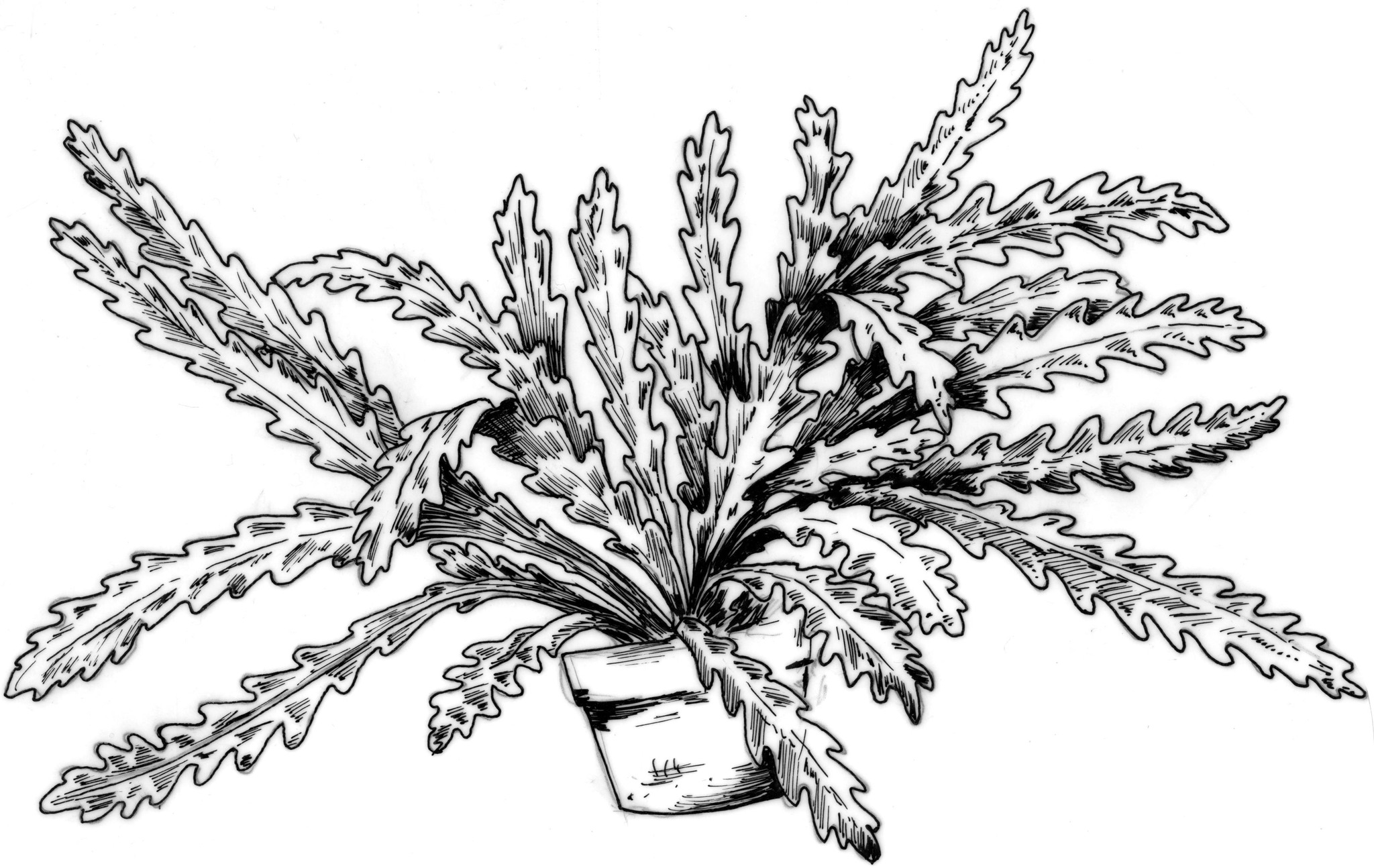
Greek epi—on, phyllum—leaf, referring to the flowers borne on the leaf-like stems.
Mostly epiphytic plants. Stems mostly flattened at first, the margins variously scalloped, toothed or lobed, older stems mostly cylindrical. Spines mostly absent or on older cylindrical stems only. Flowers usually nocturnal, large, broadening suddenly at the throat, outer segments white to yellow or pink, the inner ones pale yellow or white; stamens numerous, attached to the tube; mostly autumn and winter. Pericarpel and elongated flower tube naked or with a few hair-like spines or bristles. Fruit ovoid to oblong, often ridged and with small scales and areoles.
Hybridisation with Cereus, Nopalxochia and Rhipsalis has produced many flower size, form and colour variants. Well over 3000 cultivars are now registered.
Branching stems with flattened branches; flowers mostly more than 4 cm wide and with a pronounced tube, nocturnal (those of the related Nopalxochia are diurnal).
Directory of epiphyllums and other related epiphytes, Rainbow Gardens, USA (1981) is an extensive cultivar listing.
10-12 species from C America and the W Indies, 1 species extending to Brazil.
Key is to more commonly cultivated species (some not described and the key should be used with caution as available species vary).
Source: (1997). Cactaceae. In: . Horticultural Flora of South-eastern Australia. Volume 2. Flowering plants. Dicotyledons. Part 1. The identification of garden and cultivated plants. University of New South Wales Press.
